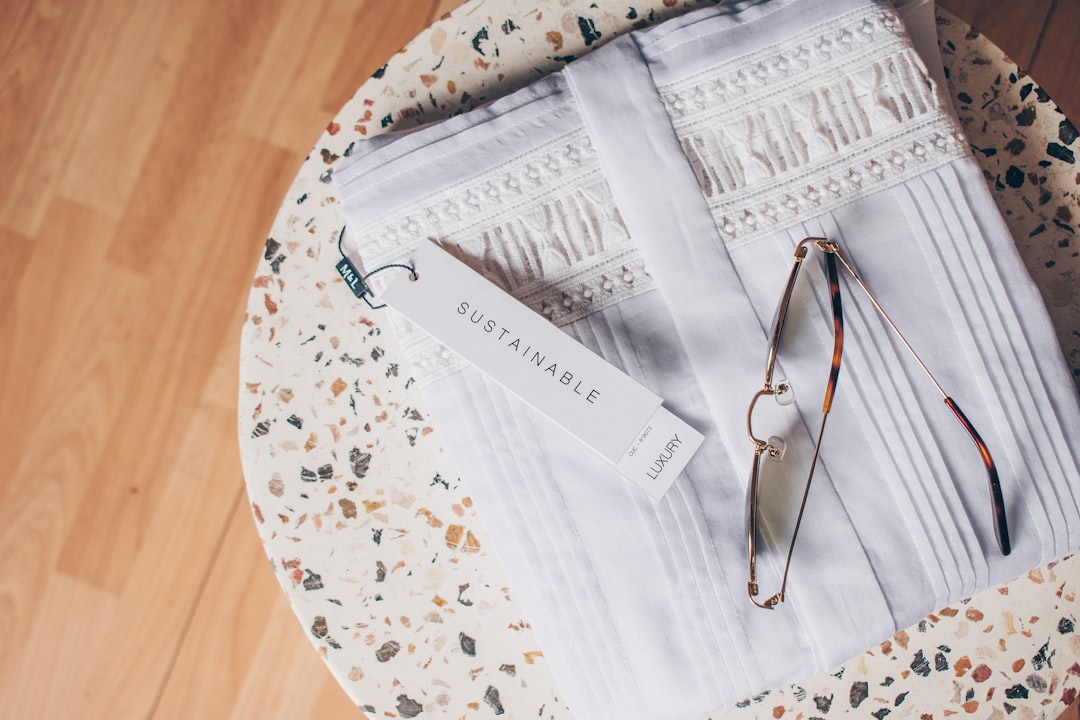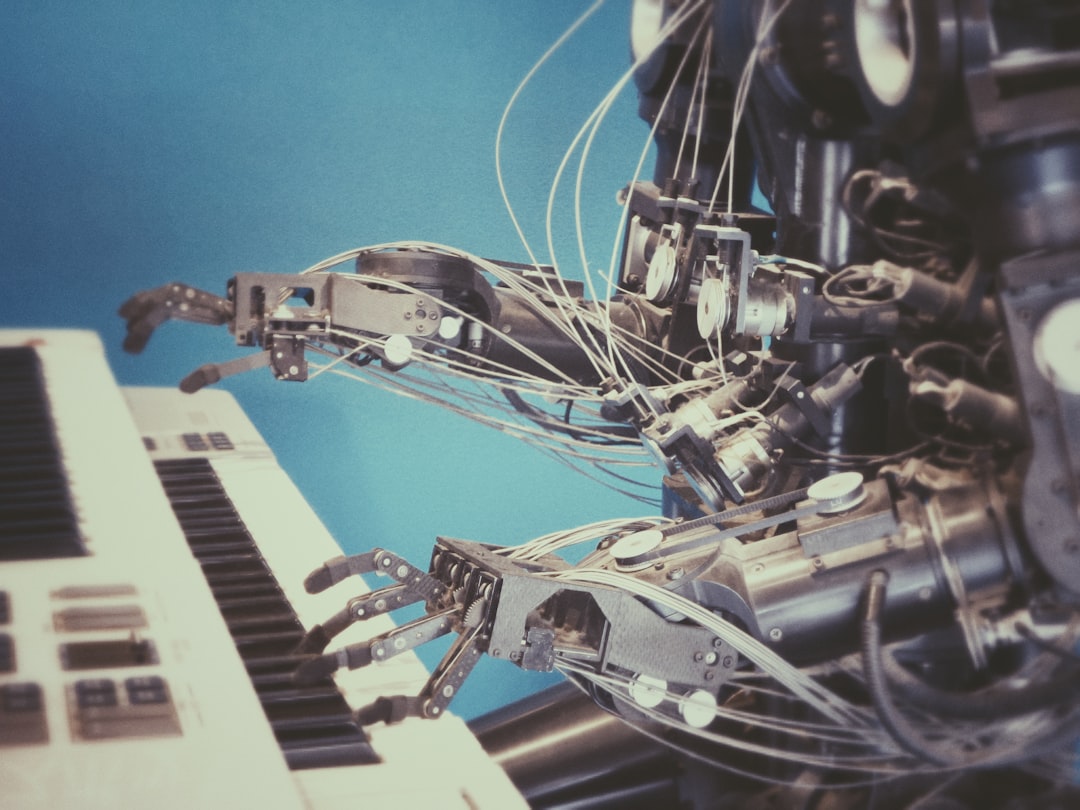Turning Scraps into Treasure: Creative Upcycling Ideas for Everyday Materials - This article could showcase ways to reuse leftover materials from various hobbies or household projects.
Turning Scraps into Treasure: Creative Upcycling Ideas for Everyday Materials - This article could showcase ways to reuse leftover materials from various hobbies or household projects.
Turning Scraps into Treasure: Creative Upcycling Ideas for Everyday Materials - This article could showcase ways to reuse leftover materials from various hobbies or household projects.
Introduction
Welcome to the world of upcycling, where your leftover bits and bobs transform from forgotten to fabulous! Every home is a goldmine of potential with scraps and leftover materials that can be turned into something both beautiful and useful. Upcycling isn't just a creative endeavor; it's a step toward more sustainable living. Dive into our treasure trove of ideas and learn how everyday materials can lead to extraordinary projects. From fabric remnants to old jars, let’s start our journey into the imaginative realm of upcycling!
Upcycling: A Sustainable Approach to Creativity
 Image courtesy: Unsplash
Image courtesy: Unsplash
Upcycling is more than just a hobby; it's a sustainable approach to reimagining what we already own. As our environmental consciousness increases, finding innovative ways to reuse materials becomes not just creative, but essential. This section explores the concept and benefits of upcycling, setting the stage for practical applications that transform everyday scraps into valuable, functional items.
Defining Upcycling
Upcycling is the process of taking discarded or seemingly useless materials and transforming them into products of higher quality or value than the original. Unlike recycling, which often breaks down materials into raw forms to create something new, upcycling creatively reuses items without significant alteration to their fundamental structure. This method reduces the amount of waste ending up in landfills and encourages a deeper connection with our belongings, fostering a culture of creativity and resourcefulness.
Benefits of Upcycling
The advantages of upcycling are manifold. Environmentally, it reduces the waste that accompanies consumer culture, lessening the load on landfills and decreasing the need for new raw materials, which, in turn, lowers pollution and energy consumption associated with manufacturing. Economically, upcycling can save money, as repurposed items prevent the need for new purchases. Socially, it cultivates a community spirit as individuals share ideas, skills, and handmade products. Finally, it encourages creativity and can be a rewarding, educational experience for people of all ages, making it both a fulfilling and eco-friendly endeavor.
Creative Upcycling Ideas for Household Scrap Materials
 Image courtesy: Unsplash
Image courtesy: Unsplash
Discovering creative ways to upcycle household scrap materials can transform the way you view waste. From glass jars to leftover fabric and wood scraps, almost anything can enjoy a second life. Here are some imaginative projects to get you started.
Upcycled Glass Jars
Glass jars are incredibly versatile and plentiful in most homes, making them fantastic candidates for upcycling. Here are a few ideas:
- Terrariums: Fill clear jars with layers of sand, soil, and small plants like succulents or ferns to create miniature ecosystems.
- Candle Holders: Decorate jars with paint, burlap, or lace and use them as holders for votives or tea lights to add a cozy ambiance to any room.
- Storage Solutions: Organize your workspace by storing screws, nails, or beads in baby food jars. Larger jars can hold kitchen staples like flour or sugar, or serve as fetching containers for homemade preserves.
- Decorative Vases: Wrap jars in twine or ribbon, add some fresh flowers, and you have a simple, beautiful vase that brightens any space.
Fabric Scrap Projects
Don't let those fabric offcuts and remnant pieces from sewing projects go to waste. They can be given new life with a little imagination:
- Quilts and Throws: Use larger scraps to piece together colorful quilts, adding warmth and character to any room. Smaller scraps can become patchwork throws or pillow covers.
- Braided Rugs: Durable and charming, braided rugs can be made from t-shirt remnants or old bedsheets. They add a cozy, handmade touch to your home.
- Gift Wrapping: Use soft, attractive fabrics to wrap gifts in a sustainable, visually pleasing way. Fabric wraps can be reused, making them a gift in themselves.
- Clothing Patches: Jazz up denim jackets or repair worn-out jeans with fabric patches. This not only extends the life of clothing but also offers a canvas for personal expression.
Wood Scraps Revamped
Wood scraps, whether from old furniture, renovations, or smaller crafting projects, can be transformed into useful and decorative items:
- Birdhouses: Simple birdhouses or feeders can be crafted from leftover wood and can help support local wildlife.
- Picture Frames: Custom frames can be made from wood scraps, adding a rustic or vintage flair to your photographs or artwork.
- Shelving: Small lengths of wood can be converted into floating shelves, spice racks, or bookshelves, adding functionality and a touch of handcrafted beauty to any space.
- Coasters: Cut wood into small circles or squares, sand the edges, and varnish. These homemade coasters protect your surfaces in style.
Upcycling isn’t just a way to deal with waste. It’s a lifestyle choice that promotes sustainability while fostering creativity and personal innovation. By exploring these projects, you can start turning your scraps into treasure, reducing your ecological footprint, saving money, and perhaps most importantly, improving the aesthetic and functionality of your home.
DIY Upcycling Projects for Hobby Leftovers
In the colorful world of hobbies, leftover scraps like bits of yarn, thread, and paper accumulate quickly. Instead of tossing these potential treasures into the trash, you can breathe new life into them through creative upcycling projects. Here are some smart and artistic ways to transform your hobby leftovers into new, valuable items.
Yarn and Thread Creations
Yarn and thread scraps can be upcycled into a variety of decorative and practical items. Consider these ideas:
- Pom-Poms: Use small lengths of yarn to create colorful pom-poms. These can be used as decorations, in art projects, or even attached to hats and scarves.
- Woven Coasters: With a simple homemade loom, scraps of yarn and thread can be woven into vibrant coasters and placemats, adding a homemade touch to your dining table.
- Embroidery Art: Combine different colors and textures of thread to create beautiful, framed embroidery art. This is a perfect way to make use of even the smallest bits of thread.
- Knitted Patchwork Blanket: If you knit or crochet, save larger scraps of yarn for a patchwork blanket or throw. Each square can be a unique color and texture, making it a cozy, eclectic piece.
Yarn and thread are not just for knitting and sewing. They can be used to add color and warmth to various aspects of your home décor, turning simple items into handcrafted treasures.
Paper and Cardboard Innovations
Paper and cardboard are versatile materials that often go to waste. Instead, they can be turned into functional and aesthetic pieces:
- Customized Notebooks: Glue smaller scraps of paper together to form unique notebook pages. Use larger pieces of cardboard for the cover, and you have a customized notebook.
- Wall Art: Create a collage from various paper scraps, or use them to mat and frame pictures. This can add a personal touch to your home or office walls.
- Gift Tags and Cards: Upcycle cardboard into gift tags and decorative cards. With some cutting, folding, and painting, these can become unique additions to any gift.
- Paper Mache: Combine shredded paper and cardboard with glue to create paper mache projects, which can range from small decorative items to large sculptures.
Using paper and cardboard creatively not only saves these materials from the landfill but also gives you a reason to engage in fun, artful projects.
Upcycling for a Greener Future
 Image courtesy: Unsplash
Image courtesy: Unsplash
The practice of upcycling is not just a trend; it’s a vital approach towards a more sustainable and conscious lifestyle. By creatively reusing materials, we can significantly impact our environment in positive ways.
Importance of Sustainable Living
Sustainable living is about making choices that are better for the environment. It involves reducing your carbon footprint, minimizing waste, and using resources efficiently. Upcycling plays a crucial role in this as it encourages us to reuse materials, which reduces the demand for new resources and lowers the amount of waste. This not only conserves natural resources but also reduces the energy used in manufacturing processes, contributing to a healthier planet.
Reducing Waste through Upcycling
Every year, enormous amounts of material are tossed out that could be reused. By choosing to upcycle, you actively remove items from the waste stream. This reduction in waste is crucial as it helps lessen the burden on our landfills and decreases pollution from waste disposal processes. Upcycling doesn't just recycle old materials into new products; it often enhances the original material's value, making it a highly effective form of waste reduction.
Spreading Awareness on Creative Reuse
Educating others about the benefits of upcycling is essential for its wider adoption and ultimate success in contributing to environmental conservation. You can spread awareness by:
- Hosting Workshops: Organize local workshops to teach upcycling techniques. This can be done in community centers, schools, or even at home.
- Sharing Ideas Online: Use social media or a personal blog to share your upcycling projects and ideas. This not only inspires others but also gives you a platform to discuss sustainable living.
- Upcycled Gifts: Give gifts made from upcycled materials. These unique items can introduce recipients to the concept of upcycling in a personal and thoughtful way.
By spreading the word and showing how creative and beneficial upcycling can be, you help build a community that supports sustainable living practices. This collective effort can lead to a significant reduction in waste and an increase in resource efficiency, moving us closer to a greener future.
Through these exciting DIY projects and sustainable practices, turning scraps into treasure not only enhances our homes and lives but also contributes profoundly to environmental protection. Join the upcycling movement, and let’s craft a brighter, greener future together!
Conclusion: Embrace Upcycling as a Lifestyle Choice
Upcycling is more than just a hobby; it's a sustainable lifestyle choice that benefits both the environment and your creativity. By transforming scraps and leftover materials into valuable, functional pieces, you not only reduce waste but also give a unique touch to your home decor and personal items. Embracing upcycling can be incredibly rewarding, offering a sense of accomplishment and fostering a deeper connection with the materials we often take for granted.
Taking on upcycling projects helps cultivate creativity and can be a fun, cost-effective way to decorate your space. Start small, experiment with easy projects, and gradually build your skills to take on more complex creations. Remember, every little effort counts in making a significant impact on our planet.
Turning Scraps into Treasure: Creative Upcycling Ideas for Everyday Materials
Explore creative ways to reuse DIY leftovers, crafting unique and practical items from materials on hand.Transform ordinary scraps into extraordinary treasures with our latest blog post! 💡 Discover creative upcycling ideas for everyday materials in our insightful article. 🌿 #Upcycling #CreativeReuse #SustainableLiving #DIYProjects #ScrapMaterials Check out the full details on our webpage now! 🔗 [Link to webpage] 🌟 #ReduceReuseRecycle #GreenLiving #CraftingIdeas
Comments
Post a Comment